Great Encounters
Book excerpts that chronicle famous encounters among twentieth-century cultural icons
*
______________
Chasin’ The Bird : The Life and Legacy of Charlie Parker
by
by Brian Priestley
_________________________
Early in 1945, Parker had begun his first live small-band gigs with Gillespie, after he too left Eckstine the previous December, working briefly with Boyd Radburn and then being booked on the Street. In the meantime, Charlie himself had played some Monday nights at the Spotlite (run by Clark Monroe of the Uptown House) and deputised in the Cootie Williams band, narrowly missing the young pianist Bud Powell, who had been invalided out of the band by a vicious beating from the police in Philadelphia. But, when Dizzy hired Charlie to complete the frontline of his new quintet at the Three Deuces in March, the altoist was blessed with his first fully compatible rhythm-section. Bassist Curley Russell was joined by two white musicians, including a former colleague of Dizzy’s and fan of Max Roach on drums, Stan Levey. Al Haig on piano was, even more than Dizzy’s previous quintet pianist George Wallington, an excellent soloist and accompanist and, with no guitarist in sight, Haig and Levey were encouraged by Gillespie to indulge their spontaneous (and seemingly random) reactions to the work of the front-line. These interactions of piano and drums, with the front-line and with each other, complemented the apparent lack of a steady four-four. In the popular swing bands, the pulse was locked down by piano, guitar, bass and drums all working as one, but in bebop it was only heard (if you knew where to listen) through the walking bass-lines and the drummer’s right-hand cymbal rhythms. Charlie’s comment was that “The beat in a bop band is with the music, against it, behind it It has not continuity of beat, no steady chugging.” Add to that the often deliberately asymmetric phasing of both ensemble statements and improvised solos, and it is perhaps no wonder that many swing-rooted musicians who saw this group in action were baffled and troubled by its incontrovertible evidence of a new stylistic development.
The significance of this first long residency of Bird and Diz together on 52nd St., working opposite Don Byas’s group and Errol Garner’s trio, must be measured in terms of the significance of The Street itself. The basement clubs, some of which had begun life during Prohibition, were the undisputed mecca for all types of small-group jazz. Although they were tiny and their amenities such that people in the music business referred to them casually as “toilets,” they were where the innovations and reputations established in Harlem and around the country were unveiled to New York’s white cognoscenti. Once the partnership of Parker and Gillespie had coalesced and the name “bebop” adhered to it, its recognition by 52nd St. led to record dates and helped the music to gain its first hard-core followers. Also, the habit of performers on The Street of visiting each other’s venues during breaks enabled more conservative players to hear the new style fully-fledged and to react either with interest or, in many cases, with alarm and hostility. Charles Mingus once remarked, without undue exaggeration, that “The critics tried to stop Bird All the guys [musicians] on top except Duke Ellington put down Charlie Parker, because they knew they’d have to change what they were doing.”
The live impact of the Gillespie-Parker stint at the Three Deuces is underlined by the fact that the Deuces’ residency lasted four months, but can only be dimly sensed from their recording sessions under Gillespie’s name that spring. Probably at the request of the record company, the line-ups incorporated swing-style drummers (albeit such flexible and high-class performers as Cozy Cole and Sid Catlett) and on the first occasion a rhythm guitarist. But the perfectly blended and razor-sharp unison playing of trumpet and alto on up-tempo themes exactly mirrors the impact of the succeeding solos by both parties, and betokens their growing collaboration during the preceding three years. The importance of the original themes in codifying the new solo styles was realized by all concerned. Oscar Pettiford was aware of Parker the composer in 1943, saying that “He was writing a lot of things then.” However, as to actually notating the things that Charlie conjured up, Gillespie subsequently noted, “I had been putting down Bird’s solos on paper, which is something Bird never had the patience for himself.” He recalled Parker coming to his apartment in the middle of the night:
“Not now,” I said. “Later man, tomorrow.” No,” Bird cried. “I won’t remember it tomorrow; it’s in my head now; let me in please.” From the other room, my wife yelled, “Throw him out,” and I obediently slammed the door in Bird’s face. Parker then took his horn to his mouth and played the tune in the hallway. I grabbed a pencil and paper and took it down from the other side of the door.
Although their closeness at the time makes the collaboration with Gillespie hard to untangle, the joint composer credits on many of these numbers probably point to the kind of activity described by Diz. It may well be that Gillespie, with his great ability and interest in the field of arranging, was more than half responsible for the final form of many pieces, especially those that have written ensemble introductions and bridge-passes, such as were common in swing big-band arrangements.
Examples of such structures are Groovin’ High (with its onomatopoeic two-noe “bebop” phrase built into the main thematic phrase), Shaw ‘Nuff, Dizzy Atmosphere and Salt Peanuts. The last two have a notable swing feel to the melodic hooks of their themes and their introductions – indeed the riff of Salt Peanuts, which Dizzy had been using on record at least since Lucky Millinder’s 1942 Little John Special (clearly named for Gillespie himself), was a direct quotation from Louis Armstrong’s I’m a Ding Dong Daddy, while the same tune’s first interlude mirrors a solo improvisation of Charlie Christian on Benny’s Bugle. Perhaps such swing leanings already point towards Gillespie’s successful consolidation of big-band tradition and bebop innovation in the second half of the 1940s. Other notable themes from this prolific period that Parker had a hand in include Ko Ko, Anthropology (a.k.a. Thriving From a Riff) and Confirmation. It is worth noting here how, in 1949, Parker claimed that Gillespie was “forced to add his name to several of Charlie’s numbers, among them Anthropology, Confirmation and Shaw ‘Nuff. Dizzy had nothing to do with any of them, according to Charlie.” Supposedly this was a concession to the commercial interests promoting Dizzy in the mid-1940s, in which case Charlie’s finger would point at the publisher Leeds Music. While Gillespie demurred over some of the other Parker comments in the same interview, he apparently did not rebut this particular allegation, though it is worth bearing in mind that, at least at this period, the tunes would certainly not have been published at all without Dizzy’s name listed as co-composer.
The recordings of this material, plus Tadd Dameron’s excellent Hot House, were reviewed in Down Beat some months later, but the guarded welcome for Shaw ‘Nuff (backed by Lover Man featuring Sarah Vaughan with the quintet) was typical of the general reaction to bebop: “It’s exciting and has plenty of musical worth, yet for lasting worth must rid itself of much that now clutters its true value. Dizzy’s and Charlie’s solos are both excellent in many ways, yet still too acrobatic and sensationalistic to be expressive in the true sense of good swing.” Meanwhile, Gillespie and Parker were seeking to expand their horizons and their audience by appearing at least twice in concert at New York’s Town Hall (May 16 and June 22), with Levey replaced on the first occasion by Harold (Doc) West — Errol Garner’s drummer and a veteran of the McShann band and the Tiny Grimes record date — and on the second by Max Roach, recently returned to New York after touring with Benny Carter. Incredibly enough, the Gillespie-Parker quintet set from the second concert was not only recorded but, as this book was being prepared for publication, a copy of this previously unsuspected artefact surfaced which bids fair to be the archaeological find of the decade. All the members are in top musical form, though Charlie repeats the frequent pattern of his work for McShann, Hines and Eckstine by arriving late. Dizzy is already playing his tune Bebop with the front-line filled out by Don Byas (who was on Gillespie’s studio version of this piece from January 1945), when Parker arrives in mid-tune and proceeds to play a high-velocity solo of five choruses. Things get, if anything, better from there on and, when drummer Sid Catlett (the elder statesman who had recorded with the other four musicians the previous month) sits in for a version of Hot House, the audience insists oh him staying for the set-closing version of the riff attributed to Thelonious Monk, 52nd Street Theme.
Both of these concerts were reviewed by writers who were enthusiastic about the music but complained about the master of ceremonies, “Symphony Sid” Torin, “a creditable announcer on record shows, but much too anxious to knock you out with hip vocabulary.” Covering the first concert, Barry Ulanov noted several tunes mentioned in the last tow paragraphs (some of them recorded but none yet released) along with Gillespie’s Night in Tunesia, Blue ‘N Boogie and Bebop, plus Thelonious Monk’s Round Midnight. Ulanov, the co-editor of Metronome magazine which was generally more favourable to the new sounds, noted that “Charley’s solos almost never failed to get a roar from the audience because of his habit of beginning them with four-bar introductions in which the rhythm was suspended (as in a cadenza), then slamming into tempo, giving his listeners a tremendous release, an excited relief.” He also complimented such listeners with the comment, “That audience seemed to me the most hip I’ve ever seen or heard.”
Chasin’ The Bird : The Life and Legacy of Charlie Parker
by Brian Priestley
__________
From the book Chasin’ The Bird : The Life and Legacy of Charlie Parker by Brian Priestley. Copyright © 2005 by Brian Priestley. Published and reprinted by arrangement with the author and Oxford University Press. All rights reserved.




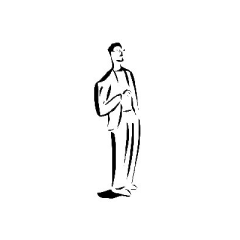
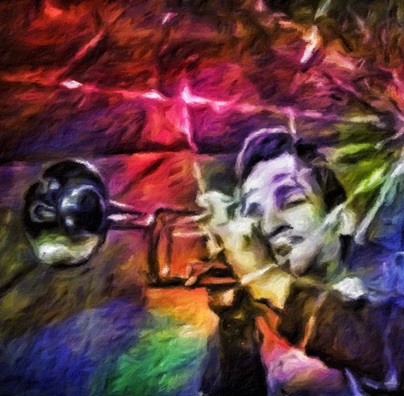

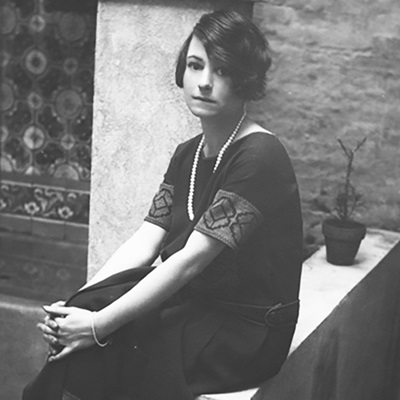

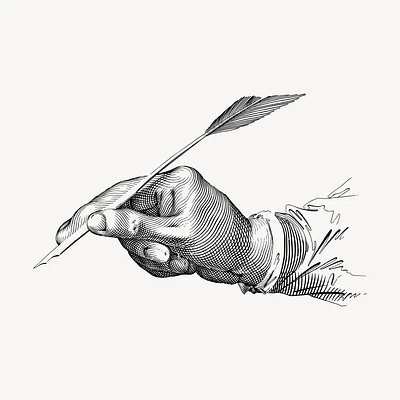


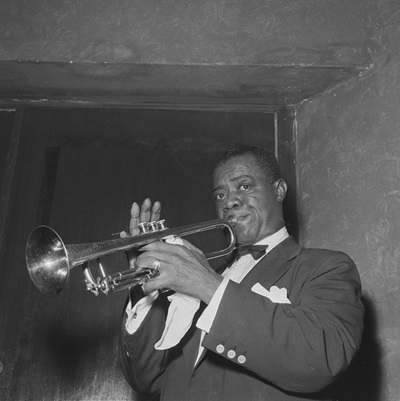
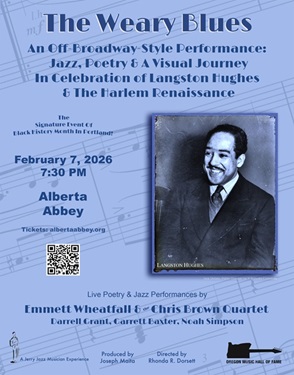

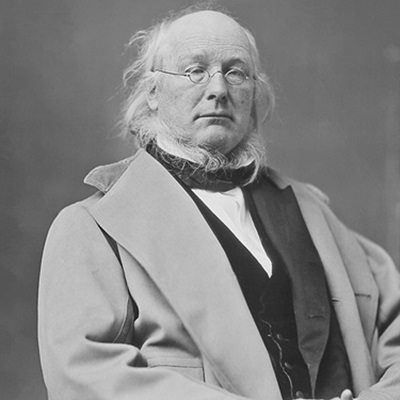
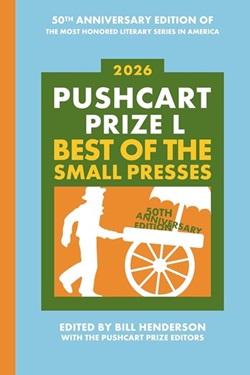

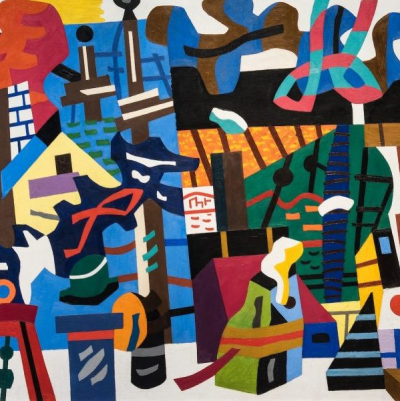

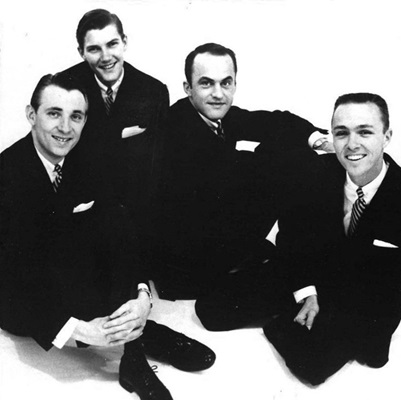
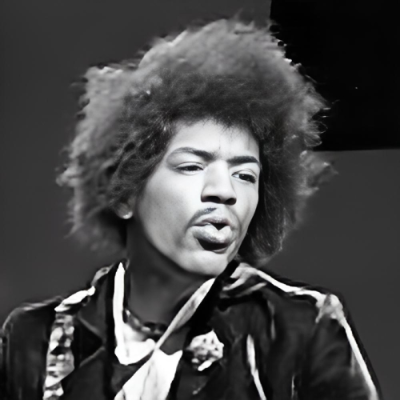
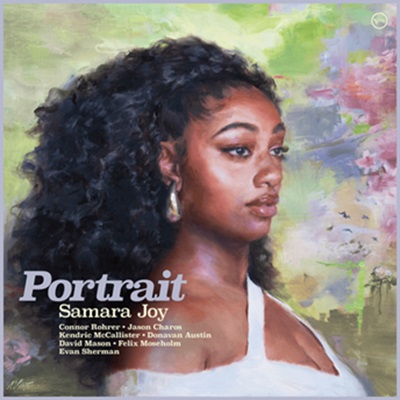


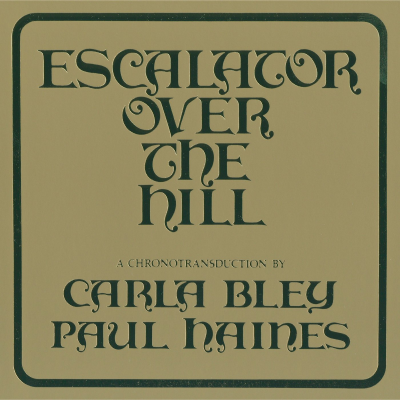

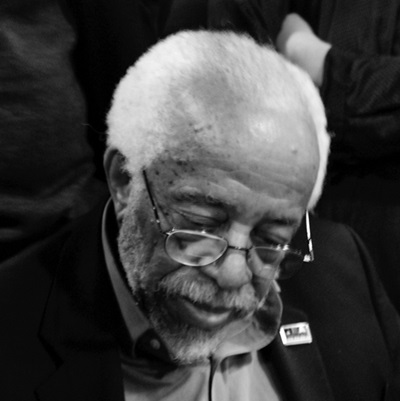

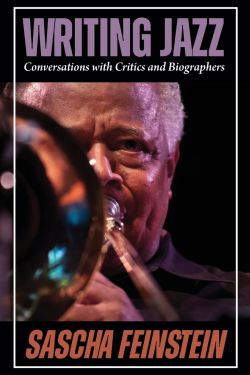
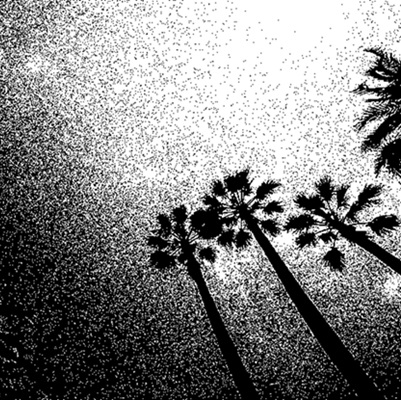






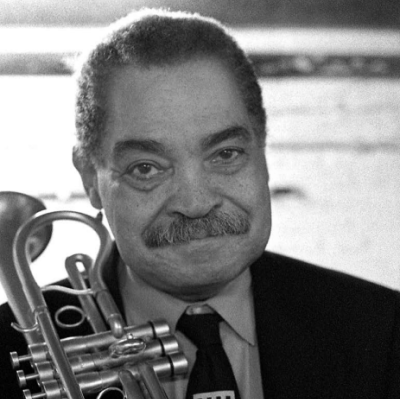

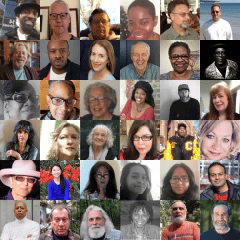

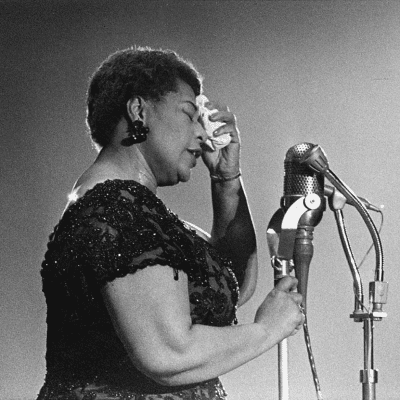



Would have been fun to be going to those gigs. Although any music scene is fun.
When did Bird and Diz live together?